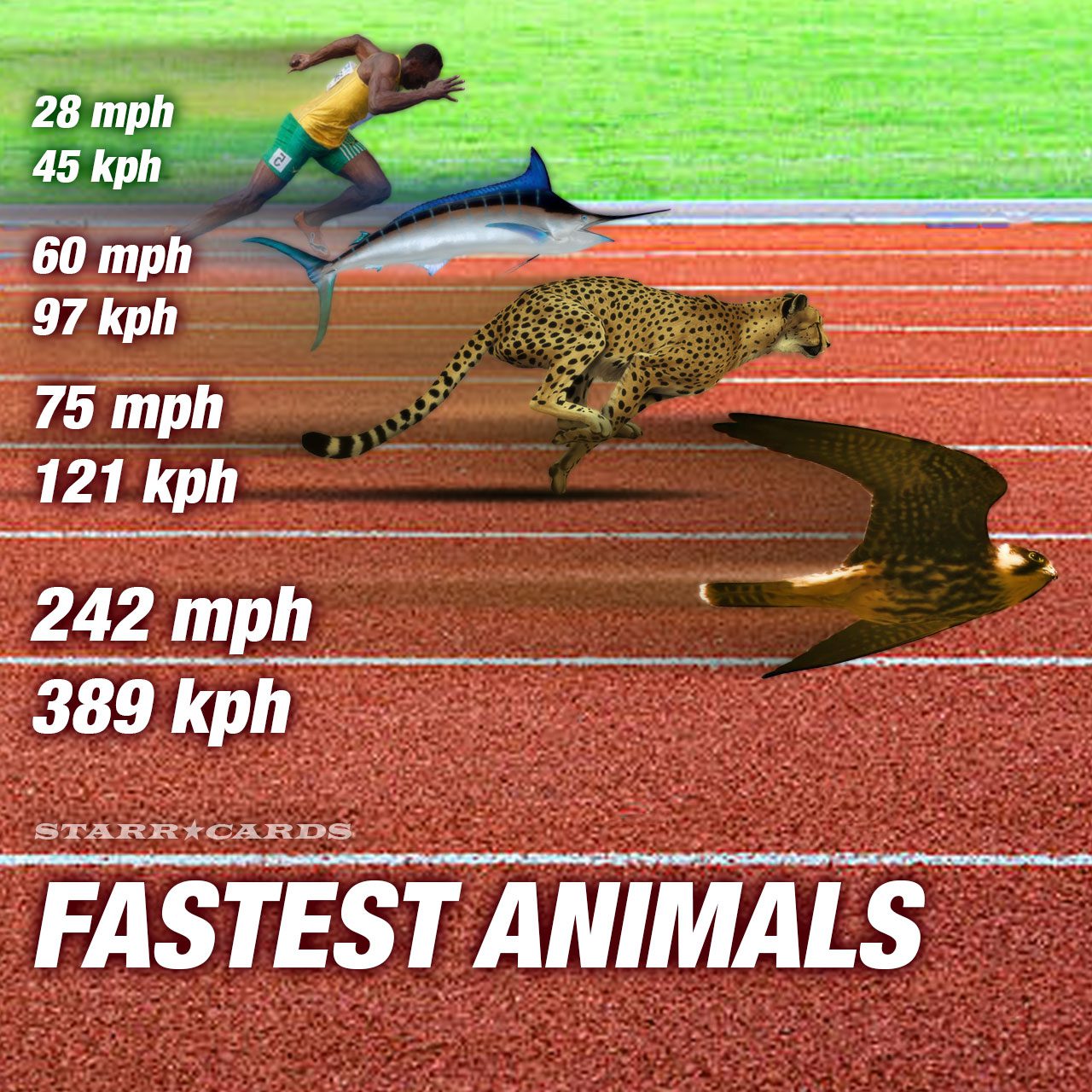The cheetah and the peregrine falcon are both vying for the title of the fastest animal on earth. The cheetah is built for speed, with a slender body, long legs, and a long tail. It can reach up to 75 mph, making it the fastest land animal on earth. The peregrine falcon is not as physically suited for speed as the cheetah, but its body is built for aerodynamics, making it the fastest animal in the air. It can reach speeds of over 200 mph when diving to hunt prey. Both animals face threats to their habitats and populations and need conservation efforts to ensure their survival.
Cheetah vs. Peregrine Falcon: The Fastest Animals on Earth
The two animals vying for the title of fastest animal on earth are the cheetah and the peregrine falcon. Both are magnificent creatures, but they have different physical and behavioral traits that set them apart. This article will compare and contrast these two animals and explore what makes them the fastest on earth.
Physical Characteristics
The cheetah is known for its speed and agility, and its physical attributes enable it to reach impressive speeds. They have a slender body that is built for speed, long legs that allow them to cover more ground per stride, and a long tail that helps maintain balance while they run. The cheetah also has large nostrils and lungs that are adapted to take in more oxygen, which is essential for sustaining their speed. They can reach up to 75 mph, making them the fastest land animal on earth.
The peregrine falcon, on the other hand, is not as physically suited for speed as the cheetah. However, they have a body built for aerodynamics, which makes them the fastest animal in the air. Their wings are long and pointed, allowing them to slice through the air with minimal drag. Their feathers are designed to reduce turbulence and provide lift, and their stoop (a diving technique they use when hunting) can reach speeds of over 200 mph, making them the fastest animal on earth.
Behavioral Characteristics
The cheetah is a solitary animal and does most of its hunting during the day. They rely on their speed and agility to catch their prey, which often includes gazelle, impala, and other small mammals. They are agile and can change direction quickly, which is an advantage when pursuing their prey. However, they are not built for endurance, and their bursts of speed are short-lived.
The peregrine falcon is a bird of prey and is often seen hunting in pairs or small groups. They are diurnal hunters and rely on their exceptional eyesight to locate prey. Peregrine falcons target other birds, such as pigeons and doves, and their hunting technique involves a high-speed dive or “stoop,” which allows them to catch their prey in mid-air. They are not as agile as the cheetah, but their speed and precision make up for it.
Habitat and Range
The cheetah is native to Africa and can be found in most savannah and grassland regions. They prefer open spaces and need room to run, which is why they are not commonly found in dense forests or mountainous regions. Cheetahs are facing threats due to habitat loss, poaching, and other factors, and their population has declined drastically over the years.
The peregrine falcon can be found all over the world, from the Arctic to the tropics. They prefer to live in high-altitude regions, such as cliffs and mountains, where they can build their nests and hunt for prey. Peregrine falcons have made a remarkable recovery in recent years after their populations were decimated by the use of pesticides in the mid-20th century.
Conclusion
In conclusion, the cheetah and the peregrine falcon are both exceptional animals with unique physical and behavioral traits that enable them to be the fastest animals on earth. The cheetah’s lean and swift body makes it an impressive land animal, while the peregrine falcon’s aerodynamics and precise hunting techniques make it the fastest animal in the air. While their speed and agility are impressive, both animals face significant threats to their habitats and populations. It is essential to conserve these magnificent creatures to ensure that they continue to thrive in their natural habitats for years to come.
